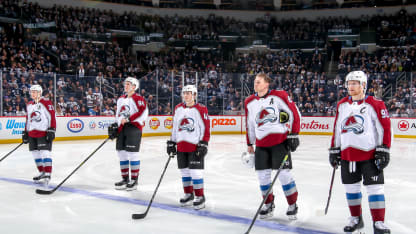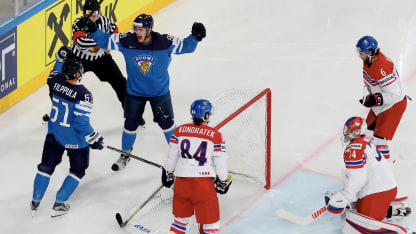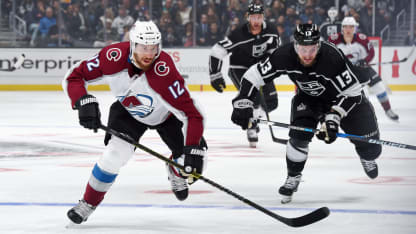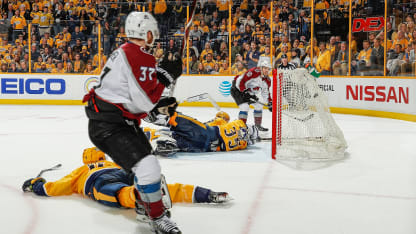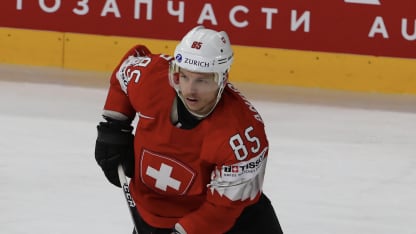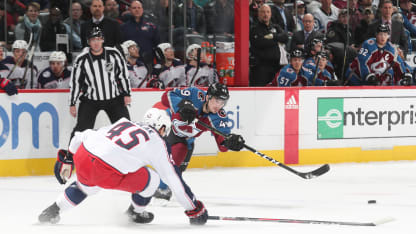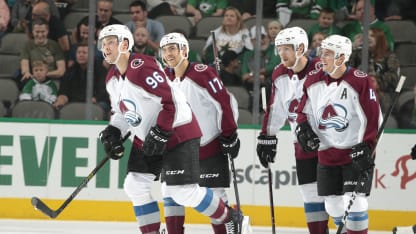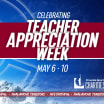Zurich, Switzerland, native Sven Andrighetto also played pro hockey in his native country's second-tier league, but he didn't immediately play against men when he crossed the Atlantic Ocean.
Andrighetto competed at the major-junior level for two seasons with the Rouyn-Noranda Huskies of the Quebec Major Junior Hockey before the Montreal Canadiens selected him in the third round of the 2013 draft.
"It was always my dream to play in the NHL. I thought it was a better chance, more competition here than in Switzerland," says Andrighetto of playing junior in Canada. "Here, there is so much competition, so many more players, so many good players that have that same dream and goal. I wanted to come over here and measure myself and learn. Learn new things and just get better myself."
The move paid off for Andrighetto, but he notes that the route to the NHL for Europeans isn't one size fits all.
"There is a bunch of other guys that stayed in Europe, developed in Europe, got older and better in Europe and made the jump later," he says. "Then there are guys like me who decided to come over here earlier at 16, 17, 18, and then go from there. There is no right or wrong way. You have to find your own way."
Once in the United States or Canada, the biggest adjustment from an on-ice perspective might be getting used to the size of the ice.
Most Europeans grow up skating on international-sized sheets, which are roughly 15 feet wider than the NHL-sized ice that is employed in most arenas and local rinks in North America.
The larger ice surface means more space to work with, allowing teams to be more strategic when they maneuver the puck up the ice.
"It is a little different on how you play the game over there," Nemeth says of the bigger ice. "You're holding onto the puck. If you don't find a play, you can turn back. It's a little slower. So when you come over here, you want to play north, you want to play fast, so that can be a little bit of a transition sometimes if your team doesn't play that way in Sweden."
The North American game has developed into one of remarkable speed. The faster a club can get the puck out of its own zone and up the ice to create a scoring chance, the better.
Part of the reason for that style is because there is nowhere to hide or find space to reset like on international ice. Players either have to move the puck up or be forced to gather it from the back of their own net.
"The pace of play is way different here, it's quicker," says Rantanen. "Things happen faster here. I actually like it more with the small rink, but that was the thing for me, to get to know the playing style here. It's slower and more tactical in Finland."
